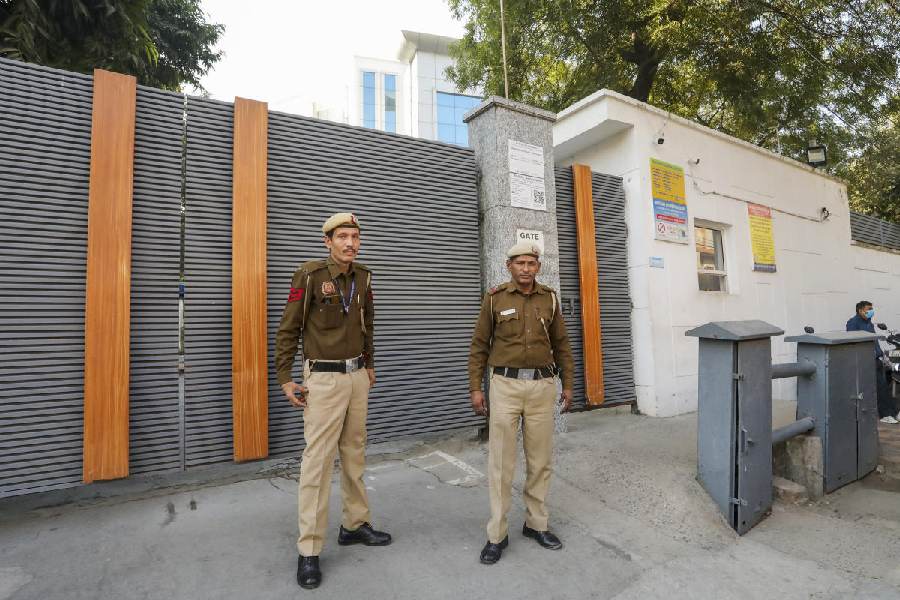
Guwahati: New preliminary scientific findings based on DNA samples collected from 22 living Tai Ahom royal descendants and five samples from bone fragments of ancient skeletal remains have shown a clear affinity with modern day Thai population.
Out of the 22 modern Ahom samples, DNA maternal ancestry analysis has shown six Ahom ones with genetic origin in Southeast Asia, mainly Thailand.
"These new findings can re-ignite our curiosity on the migration pattern of the Ahoms to Assam. It has reconfirmed the existing scholarship on the early history of the Ahoms," said Arupjyoti Saikia who teaches history at IIT Guwahati.
The ancient DNA samples showed both local and Thai ancestry origins.
"This haplogroup was traced in Thailand. It is an indication of sharing common genetic traits and in this case, the Ahom with the Thai . Genetically, the local population or the non-Ahom groups like Naga, Ao Naga and others are closer to China/Han Chinese. The findings mean that the first generation Ahoms of Assam may not share the east Asian ancestry, mainly China," said Veena Mushrif Tripathy, a skeletal biologist and assistant professor at Deccan College Post-Graduate and Research Institute. She collected the samples in 2015.
The experts are preparing a full report with an emphasis on studying the migration route of the Ahom from Siam to Assam. The findings reveal modern samples having a greater genetic affinity with Han Chinese, Ao-Naga, Naga and Nyishi due to heavy intermixingbetween 14th and 15th centuries.
"There was a greater mix of the Ahoms with Naga at Charaideo in Sivasagar district. The mix with Nyishi was at Daphla Hills. But we have to wait for the full report and the analysis of the migration route," said Madhujya Rajkonwar, a descendant of Ahom king Gadadhar Singha's brother and one of the 22 living individuals whose blood samples were taken.
The findings date back three years when the first anthropological skeletal research with ancient DNA samples was carried out in Assam.
In April 2015, archaeologists and a skeletal biologist collected blood samples for DNA analysis from the descendants and bone fragments from skeletal remains excavated from Charaideo Maidam. The purpose was to determine the origins of the living and the dead buried in Maidam (no. 2) and for a possible royal connection between them.
The DNA samples were sent to the Centre for Cellular and Molecular Biology in Hyderabad. Niraj Rai, a scientist from Birbal Sahani Institute of Paleosciences also took part in the findings.
Ahoms ruled Assam from 1228 to 1838. Historically, they are believed to be from beyond the Patkai mountains , with their forefathers forming group of states in and around Yunnan province and Upper Burma.
"For the first time a scientific link has been made with Thailand. This may show a new historical linkage," said Milan Kumar Chauley, an ASI archaeologist in the team.
Historian Edward Gait said the progenitors of the Ahoms were an offshoot of the great Tai or Shan Race. Sukapha (1228 to 1268), the first Ahom king to rule Assam is said to have left Maulang (Yunnan province in China) in 1215 and wandered in hilly Patkai range for 13 years.
During this time, he frequently raided Naga villages. In 1228 he arrived in Khamjang (Kachin in Myanmar). Gait says Sukapha crossed the Nongnyang lake at Sagaing where he met with fierce resistance from the Nagas. Later he came to Assam.










